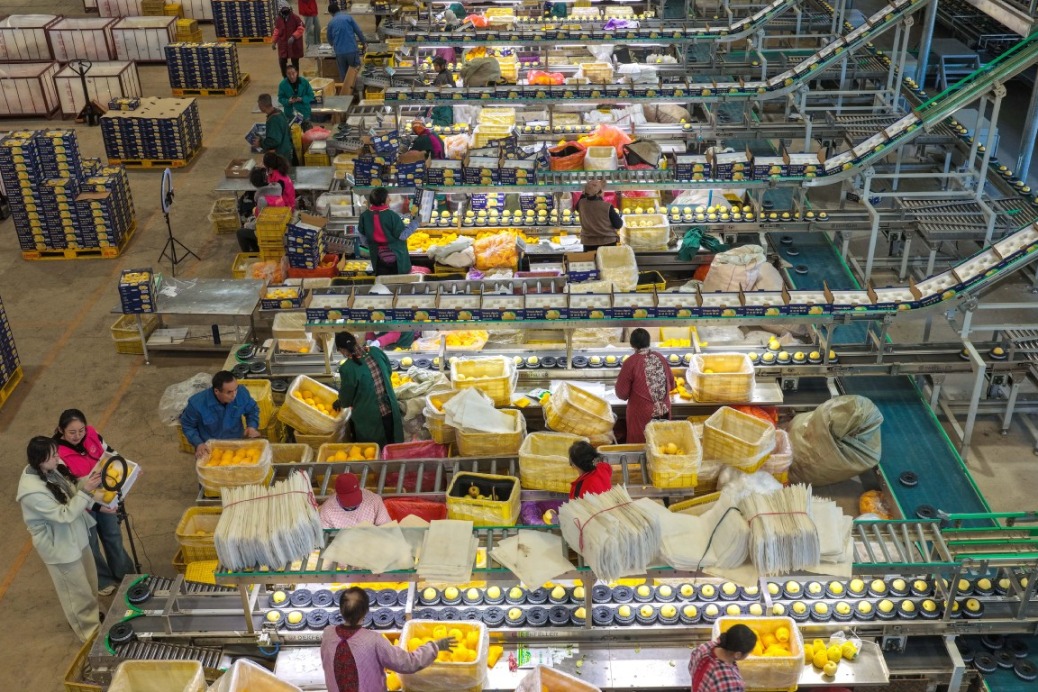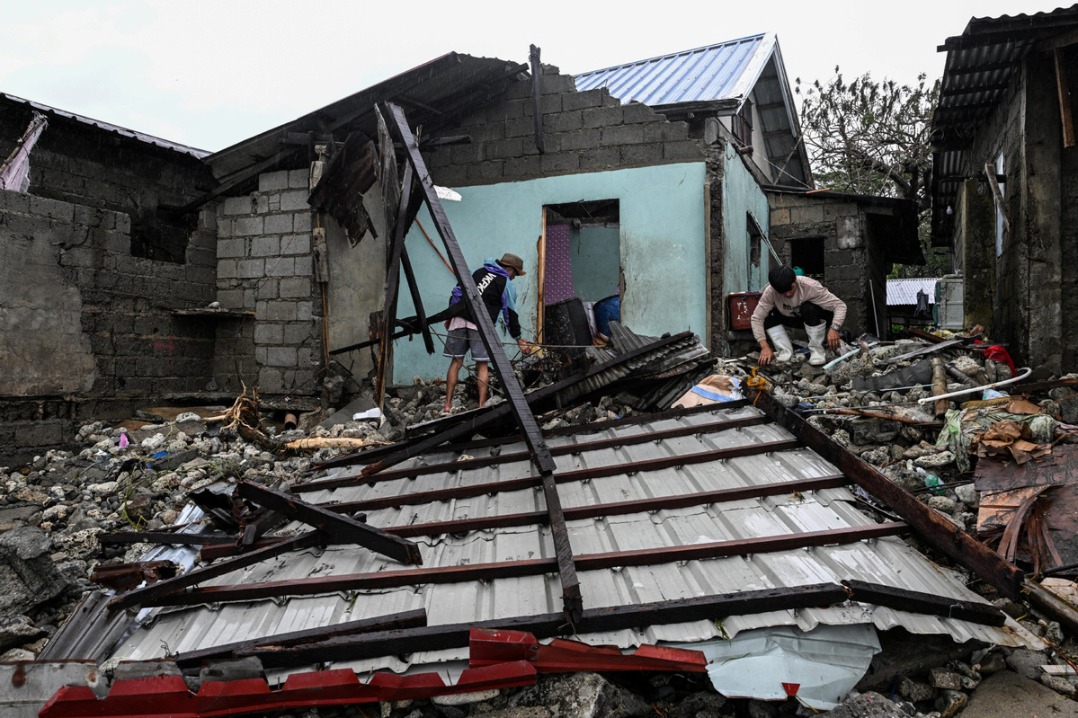Mixed prospects


Productivity-enhancing structural reforms and more regional cooperation would help offset the pandemic's scarring effects on regional growth
According to the World Bank's Global Economic Prospects report, the novel coronavirus outbreak has caused a global recession, the depth of which has only been surpassed by the two world wars and the Great Depression over the past century and a half. The global economy is estimated to have contracted 4.3 percent in 2020. The contraction was highly synchronized across the world, with the GDP of more than 85 percent of economies declining.
East Asia and the Pacific was the only developing region that witnessed an increase in economic activity in 2020 thanks to the robust performances of China and Vietnam. Overall, both countries have been generally successful in containing the spread of the virus to date and benefited from a relatively fast resumption of production and exports, as well as stimulus-fueled public investment. The economic activity of China and Vietnam, as measured by GDP, expanded by 2.3 percent and 2.8 percent respectively in 2020.
In contrast, the rest of the region's developing economies suffered large output losses in 2020.Excluding China, the GDP of the region contracted by 4.3 percent on average, with significant cross-country differences. The worst-hit economies experienced extended periods of lockdowns in response to a high number of new infections (the Philippines), rising domestic policy uncertainty (Malaysia, Thailand, and Timor-Leste), or relied heavily on tourism and travel (Fiji, Thailand, Palau, Vanuatu). Natural disasters-tropical cyclone Harold in Fiji, super typhoon Goni and a volcano eruption in the Philippines, and a severe drought in Thailand-compounded the adverse impact of the pandemic.
The World Bank's report projects global economic output will expand 4 percent in 2021 but that is still more than 5 percent less than pre-pandemic projections. Output in the East Asia and Pacific region is expected to expand by 7.4 percent in 2021. China and Vietnam are projected to grow strongly, but the recovery in the rest of the region is expected to be more protracted.
Output levels in the worst-hit economies, including some Pacific islands whose economies have been devastated by the collapse in global tourism and travel, are expected to remain 9 percent below levels projected prior to the pandemic.
If the pandemic is brought under control, however, and the global economy rebounds faster than anticipated, the region will benefit. The report estimated that such an upside scenario could yield global growth of nearly 5 percent, which would translate into a better-than-expected outlook for the region.
Conversely, the possibility of renewed outbreaks and delayed rollouts of vaccines present key downside risks to the outlook. Although the spread of the pandemic appears to have slowed in much of the region, some countries continue to experience elevated infection rates while others are seeing occasional local outbreaks. Without effective medical treatment or vaccination, mobility continues to be limited due to social distancing measures and travel restrictions. Such restrictions, along with significant income and job losses, have weakened consumer confidence amid lingering policy uncertainty, which continues to weigh on private investment.
There are several other important risks, including heightened financial stress amplified by elevated debt levels, wider fiscal deficits and weaker corporate balance sheets, which have already left policymakers with a difficult trade-off between supporting economic activity and risking future fiscal and financial instability. The elevated corporate and sovereign debt levels may weigh on economic activity if deleveraging pressures prompt the authorities to tighten policy prematurely. Sizable debt levels could also leave the region more vulnerable to repeated shocks, especially if the pandemic lasts longer than expected.
Even if the pandemic subsides faster than expected, the economic damage from last year's recession could be more severe and longer-lasting than anticipated. The COVID-19 pandemic has accentuated preexisting structural challenges, including declining productivity and weak private investment. The pandemic is expected to aggravate these, including through setbacks to physical and human capital and persistent uncertainty, and to compound the deceleration in regional potential growth that was already apparent prior to the pandemic. Left unremedied, the consequences of the pandemic could reduce regional growth over the next decade by more than 1 percentage point.
Policymakers can raise the likelihood of better outcomes while warding off worse ones through effective pandemic control measures, coordinated global vaccination efforts, and deep structural reforms that boost productivity and create a conducive environment for more sustainable and inclusive growth. In addition, promoting education and facilitating productivity-enhancing reallocation of resources can offset the pandemic's scarring effects and lay the foundations for higher long-run growth. Public investment in green infrastructure projects can provide further support for sustainable longrun growth while also contributing to climate change mitigation. Effective and widely available vaccines could trigger a sharp rise in consumer confidence and a wave of pent-up demand. Finally, regional economies, including China and Vietnam, which are recovering early from the COVID-19 shock, should work together to support regional economic reconstruction and recovery.
The author is a senior country economist in the Global Macroeconomic Trends Team of the Development Prospects Group at the World Bank. The author contributed this article to China Watch, a think tank powered by China Daily. The views do not necessarily reflect those of China Daily.


































